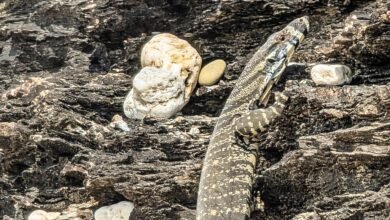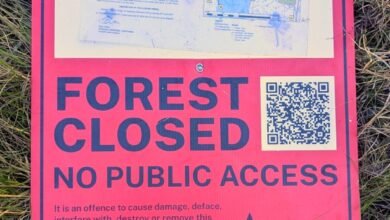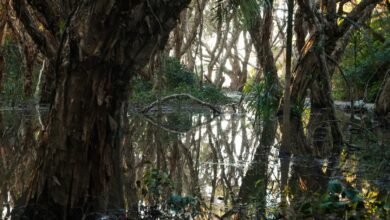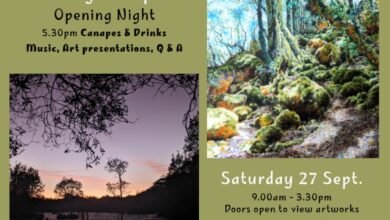Native bees from blood to white lilies

Pink Bloodwood is wuuban.ga in Gumbaynggirr.
Women’s Business: The Widow Tree is a Bloodwood tree that Gumbaynggirr women can use to prove that they do not need a man. They must climb the tree, cut a branch off, and stay up the Widow Tree overnight. If the woman is successful, she will be free from the man she has been promised to.
(Arrawarraculture fact sheet).

The Gumbaynnggirr used the gum to stop bleeding from incisions during ceremony and clean wounds.
“[The bloodwood is] a black fella’s bandaid. You get the sap from where it is bleeding. You
can smear the sap of this tree on your cuts and scars, and it helps heal and
reduce scarring.” Uncle Milton Duroux (Arrawarra Culture, fact sheet)

Also known as Swamp Lily, River Lily or Mangrove Lily. Half an hour after watching native bees harvesting bloodwood kino in Jagun I see them in our garden. The native bees like them and they are a great habitat for small tree frogs. I’ve read that the sap from the fleshy leaves was used by coastal people to soothe the pain from marine stingers.

Their honey was an extremely important source of carbohydrates for the Gumbaynggirr and used as a medicine. They are now being seen as important for crop pollination. For some crops, such as macadamias, mangos, chokos, coconuts, strawberries, lychees, watermelons, avocados and citrus, Australian stingless bees may be better than commercial honey bees.




